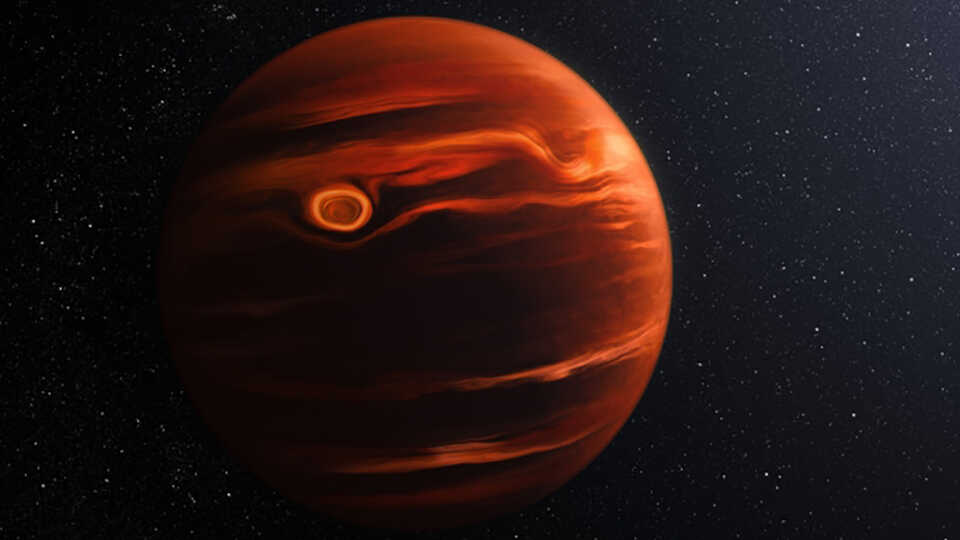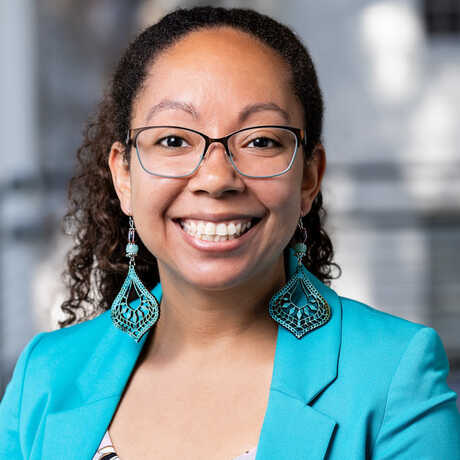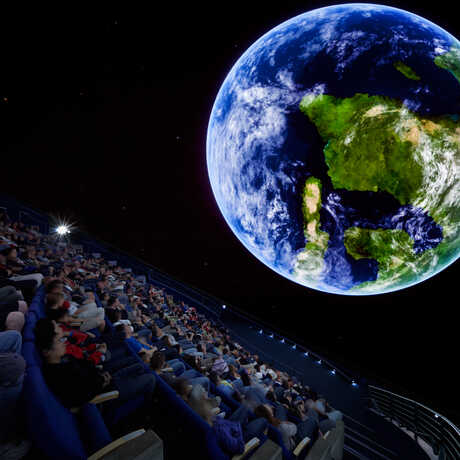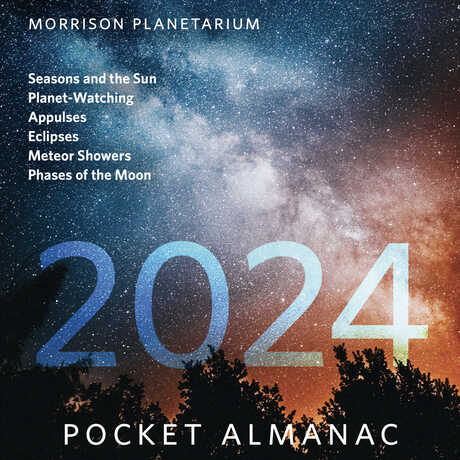Benjamin Dean Astronomy Lectures
Clouds and Chemistry of Small Nearby Worlds

An artist's illustration of the atmosphere of the cloudy brown dwarf VHS 1256b. Illustration credit: NASA, ESA, CSA, Joseph Olmsted (STScI)
Clouds and Chemistry of Small Nearby Worlds
Monday, June 3, 2024
7:30 pm, Morrison Planetarium
Featuring Dr. Eileen Gonzales, San Francisco State University
Astronomers are looking for exoplanets—planets beyond our Solar System—with a goal to one day find Earth 2.0. JWST has provided us with unprecedented amounts of information on the atmospheres of exoplanets and their analogs—brown dwarfs. Brown Dwarfs are unique objects, too massive to be a planet but just too small to be a star, and astronomers can characterize their atmospheres in incredible detail. They range widely in temperature, from as cold as a warm day at the south pole to twice as hot as molten lava! With such a diversity in temperature, these objects have atmospheres very different from our own. In this talk, Dr. Gonzales will discuss how we can learn about the atmospheres for a variety of brown dwarfs and what exciting things we have discovered about them.
About Eileen Gonzales

Dr. Eileen Gonzales is an assistant professor in the Physics and Astronomy Department at San Francisco State University. She uses observational and theoretical techniques to understand the atmospheres of low-mass stars, brown dwarfs, and directly-imaged exoplanets. By analyzing these objects’ atmospheres, her work aims to understand cloud properties as well as key chemical processes shaping the formation and evolution of directly-imaged exoplanets and brown dwarfs.
Before coming to S.F. State, Dr. Gonzales was a 51 Pegasi b Postdoctoral Fellow at Cornell University. She received her Ph.D. from the City University of New York Graduate Center. She completed her master’s at S.F. State and her bachelor’s at Michigan State University. She is also a a co-founder and director of Black in Physics, a non-profit organization dedicated to celebrating the contributions of Black physicists to reveal a more complete picture of what a physicist looks like.
From outer space to Earth's inner core, explore the universe from Morrison Planetarium's 75-foot digital dome.

Download Morrison Planetarium's 2024 Pocket Almanac to stay up-to-date on eclipses, meteor showers, satellite spottings, and more.
